Home>Furniture & Design>Interior Design Trends>How Much Weight Can Glass Shelves Hold
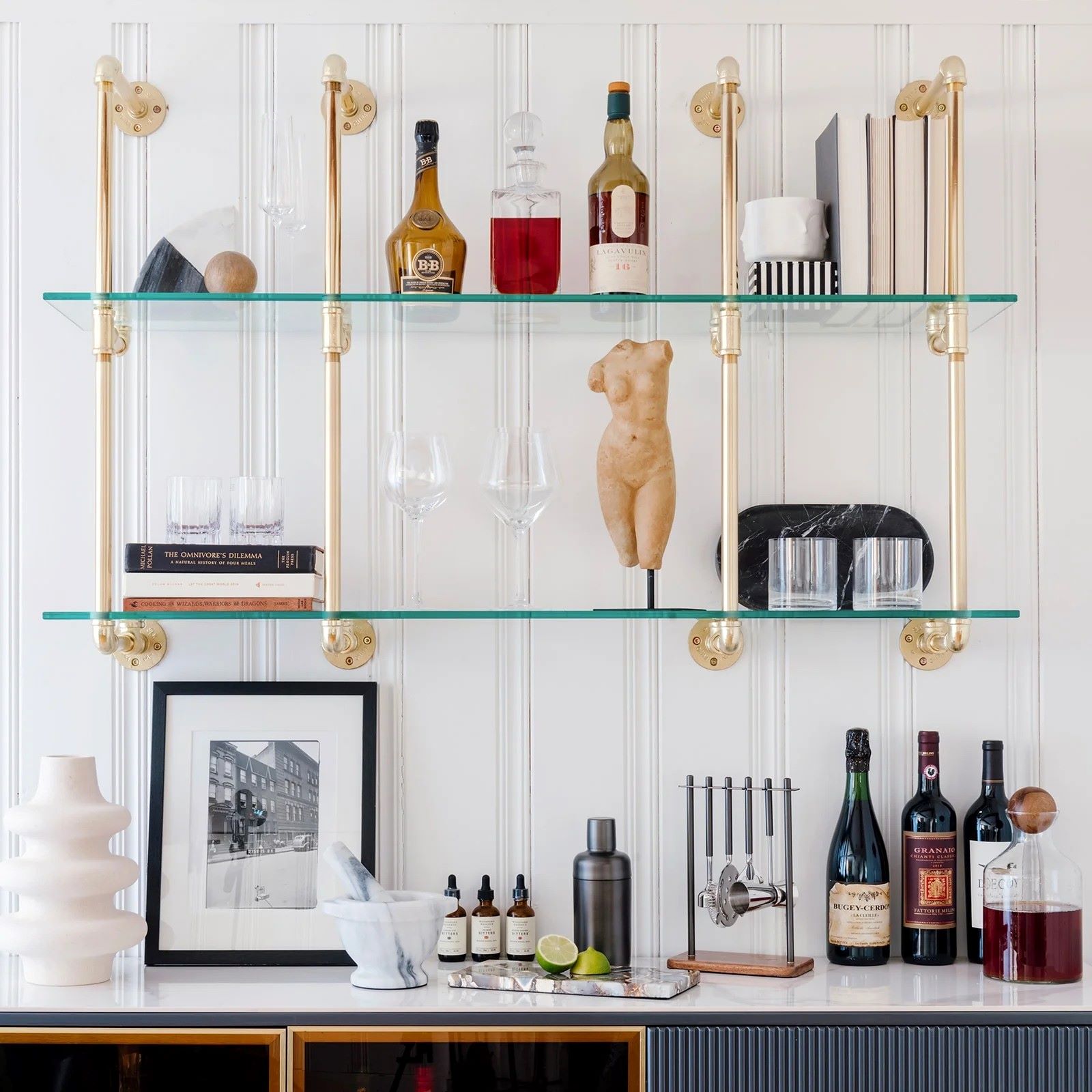

Interior Design Trends
How Much Weight Can Glass Shelves Hold
Published: February 5, 2024
Discover the latest interior design trends for glass shelves and learn how much weight they can hold. Create a stylish and functional space with these modern design elements.
(Many of the links in this article redirect to a specific reviewed product. Your purchase of these products through affiliate links helps to generate commission for Storables.com, at no extra cost. Learn more)
Introduction
Glass shelves are a stylish and versatile addition to any interior design, offering a modern and sophisticated touch to both residential and commercial spaces. These sleek and transparent shelves not only provide a functional storage solution but also contribute to the aesthetic appeal of a room. However, one common concern that arises when considering glass shelves is their weight capacity. Understanding how much weight glass shelves can hold is crucial for ensuring their safety and longevity.
In this comprehensive guide, we will delve into the factors that influence the weight capacity of glass shelves, explore methods for determining their maximum load-bearing capabilities, and provide valuable tips for optimizing their weight capacity. Whether you are planning to install glass shelves in your living room, kitchen, bathroom, or office, this article will equip you with the knowledge needed to make informed decisions and maximize the utility of these elegant fixtures.
Glass shelves come in various shapes, sizes, and thicknesses, catering to diverse design preferences and functional requirements. From floating glass shelves that create an illusion of weightlessness to tempered glass shelves renowned for their durability, the options are abundant. Despite their delicate appearance, glass shelves are engineered to withstand substantial weight when properly installed and supported. By understanding the key considerations that influence their weight capacity, you can confidently integrate glass shelves into your interior design while ensuring their structural integrity and safety.
Join us as we unravel the mysteries of glass shelf weight capacity, empowering you to embrace the beauty and functionality of these contemporary design elements with confidence and peace of mind. Let's embark on this enlightening journey to uncover the secrets behind the strength and resilience of glass shelves.
Key Takeaways:
- Glass shelves can hold substantial weight when factors like thickness, type, and support are considered. Choose thicker, tempered glass and high-quality mounting hardware for maximum weight capacity and safety.
- To maximize glass shelf weight capacity, distribute weight evenly, follow span and overhang guidelines, and conduct regular maintenance. Understanding these factors and implementing practical tips ensures reliable and safe usage.
Read more: How Much Weight Can Attic Hold
Factors Affecting Weight Capacity of Glass Shelves
The weight capacity of glass shelves is influenced by several key factors that collectively determine their ability to support various loads. Understanding these factors is essential for making informed decisions when selecting, installing, and utilizing glass shelves in different settings. Let's explore the critical elements that impact the weight capacity of glass shelves:
-
Glass Thickness: The thickness of the glass significantly affects its weight-bearing capacity. Thicker glass shelves inherently possess greater strength and can withstand heavier loads compared to thinner counterparts. Typically, glass shelves are available in various thickness options, ranging from 1/4 inch to 3/4 inch or more. Thicker glass not only enhances the shelf's load-bearing capability but also contributes to its overall durability and resistance to impact.
-
Type of Glass: The type of glass used in the manufacturing of shelves plays a pivotal role in determining their weight capacity. Tempered glass, known for its exceptional strength and safety features, is a popular choice for shelves intended to support substantial weight. Tempering processes enhance the structural integrity of glass, making it more resistant to breakage and capable of withstanding heavier loads compared to non-tempered alternatives.
-
Mounting and Support: The method of installation and the type of support system employed significantly impact the weight capacity of glass shelves. Properly anchored and supported shelves, whether through wall brackets, floating shelf hardware, or other mounting mechanisms, distribute the weight effectively and enhance the overall load-bearing capacity. Additionally, the quality of the mounting hardware and its compatibility with the shelf design are crucial considerations for maximizing weight support.
-
Span and Overhang: The span refers to the distance between the supports holding the glass shelf, while the overhang denotes the protruding section of the shelf beyond its support points. Longer spans and excessive overhangs can diminish the weight capacity of glass shelves, as they introduce additional stress and leverage on the glass. Adhering to recommended span and overhang guidelines is essential for optimizing the shelf's ability to bear weight without compromising its structural integrity.
-
Uniform Distribution of Weight: Evenly distributing the weight across the entire surface of the glass shelf is essential for maximizing its load-bearing capacity. Concentrated or unevenly distributed loads can create stress points, increasing the risk of structural failure. Therefore, organizing items on the shelf in a balanced manner and avoiding localized heavy objects can help preserve the shelf's weight capacity and minimize the risk of damage.
By considering these factors, individuals can make informed decisions regarding the selection, installation, and utilization of glass shelves, ensuring that they meet the specific weight-bearing requirements of their intended applications.
Determining the Weight Capacity of Glass Shelves
Determining the weight capacity of glass shelves is a crucial step in ensuring their safe and effective utilization within a space. While manufacturers often provide weight guidelines for their glass shelf products, it is essential to understand the methods for independently assessing the load-bearing capabilities of these fixtures. By following specific guidelines and calculations, individuals can gain insights into the maximum weight that a glass shelf can support, thereby making informed decisions and preventing potential structural issues.
One of the primary considerations when determining the weight capacity of glass shelves is to consult the manufacturer's specifications and recommendations. These guidelines typically outline the maximum weight limit for the specific shelf design and dimensions, taking into account factors such as glass thickness, type, and mounting requirements. Adhering to these manufacturer-provided weight limits is crucial for maintaining the structural integrity of the shelves and ensuring their long-term durability.
In addition to manufacturer guidelines, individuals can perform their own weight capacity assessments by considering the critical factors that influence the shelf's load-bearing capabilities. This involves evaluating the glass thickness, type, and quality, as well as the mounting method and support system. By understanding the inherent strength of the glass and the effectiveness of the installation, individuals can make informed estimations regarding the weight capacity of the shelves.
Furthermore, conducting a weight capacity test can provide practical insights into the shelf's ability to support various loads. This involves gradually adding weight to the shelf while monitoring its response and stability. By incrementally increasing the load and observing any signs of stress or deformation, individuals can determine the point at which the shelf reaches its maximum capacity. However, it is crucial to exercise caution during these tests and to avoid exceeding the manufacturer's specified weight limits.
Moreover, seeking professional guidance from experienced installers or structural engineers can offer valuable insights into the weight capacity of glass shelves. These experts can assess the specific installation environment, consider the intended use of the shelves, and provide tailored recommendations for maximizing their load-bearing capabilities while ensuring safety and stability.
By combining manufacturer guidelines, independent assessments, practical weight tests, and professional insights, individuals can confidently determine the weight capacity of glass shelves, enabling them to make informed decisions regarding their installation and usage within residential or commercial spaces. This comprehensive approach empowers individuals to leverage the functionality and aesthetic appeal of glass shelves while prioritizing safety and structural integrity.
When determining how much weight glass shelves can hold, consider the thickness and type of glass, as well as the quality of the shelf brackets or supports. Always follow the manufacturer’s weight limit recommendations to ensure safety.
Tips for Maximizing the Weight Capacity of Glass Shelves
-
Opt for Thicker Glass: Choosing glass shelves with greater thickness inherently enhances their weight-bearing capacity. Thicker glass variants, such as 3/8 inch or 1/2 inch, offer increased strength and resilience, allowing them to support heavier loads with confidence. When selecting glass shelves, opt for the thickest option that aligns with the design and aesthetic preferences, ensuring a balance between functionality and visual appeal.
-
Utilize Tempered Glass: Tempered glass shelves are renowned for their exceptional strength and safety features. By opting for tempered glass, individuals can maximize the weight capacity of their shelves while benefiting from added durability and resistance to impact. The tempering process enhances the structural integrity of the glass, making it an ideal choice for applications requiring robust weight support.
-
Invest in High-Quality Mounting Hardware: The effectiveness of the mounting hardware significantly influences the weight capacity of glass shelves. Investing in high-quality brackets, supports, and mounting systems designed specifically for glass shelves is crucial for ensuring optimal weight-bearing capabilities. Additionally, following manufacturer-recommended installation guidelines and utilizing appropriate hardware for the specific shelf design can enhance stability and load-bearing performance.
-
Distribute Weight Evenly: Organizing items on the glass shelves in a manner that ensures the even distribution of weight across the entire surface is essential for maximizing their load-bearing capacity. Avoid placing heavy items on one side of the shelf while leaving the other side empty, as this can create imbalanced stress and compromise the shelf's ability to support weight effectively. By distributing the load evenly, individuals can optimize the shelf's weight capacity and minimize the risk of structural strain.
-
Adhere to Span and Overhang Guidelines: Following recommended span and overhang guidelines provided by manufacturers is crucial for maximizing the weight capacity of glass shelves. By adhering to these guidelines, individuals can ensure that the shelves are installed and utilized within specified parameters, minimizing the risk of excessive stress and strain. Properly supporting the shelves at appropriate intervals and avoiding excessive overhangs contributes to their overall load-bearing capabilities.
-
Regular Maintenance and Inspection: Conducting regular maintenance and inspections of glass shelves is essential for preserving their weight capacity and structural integrity. Periodically checking for signs of wear, damage, or stress can help identify potential issues early, allowing for timely interventions to maintain the shelves' load-bearing capabilities. Additionally, addressing any concerns related to mounting hardware, support systems, or glass condition can contribute to the long-term stability and weight support of the shelves.
By implementing these tips, individuals can maximize the weight capacity of glass shelves, ensuring their reliability and safety while embracing the functional and aesthetic benefits of these contemporary design elements.
Conclusion
In conclusion, understanding the weight capacity of glass shelves is essential for integrating these elegant fixtures into interior design while prioritizing safety and functionality. The factors influencing weight capacity, including glass thickness, type, mounting and support, span, overhang, and weight distribution, collectively determine the shelves' ability to support various loads. By considering these factors, individuals can make informed decisions when selecting, installing, and utilizing glass shelves, ensuring that they meet specific weight-bearing requirements.
Determining the weight capacity of glass shelves involves a comprehensive approach that includes consulting manufacturer guidelines, conducting independent assessments, performing weight capacity tests, and seeking professional insights. By combining these methods, individuals can confidently ascertain the maximum weight that glass shelves can support, enabling them to make informed decisions regarding their installation and usage within residential or commercial spaces.
Moreover, implementing practical tips for maximizing the weight capacity of glass shelves, such as opting for thicker glass, utilizing tempered glass, investing in high-quality mounting hardware, distributing weight evenly, adhering to span and overhang guidelines, and conducting regular maintenance and inspections, allows individuals to optimize the shelves' load-bearing capabilities while ensuring their long-term reliability and safety.
Ultimately, glass shelves, when chosen, installed, and utilized with careful consideration of their weight capacity, offer a harmonious blend of functionality and aesthetic appeal. By embracing the strength and resilience of glass shelves, individuals can elevate the visual allure of their living spaces while enjoying the practicality of versatile storage solutions. With a thorough understanding of weight capacity and the implementation of best practices, glass shelves stand as enduring symbols of modern design, seamlessly integrating beauty and utility within interior spaces.
Frequently Asked Questions about How Much Weight Can Glass Shelves Hold
Was this page helpful?
At Storables.com, we guarantee accurate and reliable information. Our content, validated by Expert Board Contributors, is crafted following stringent Editorial Policies. We're committed to providing you with well-researched, expert-backed insights for all your informational needs.
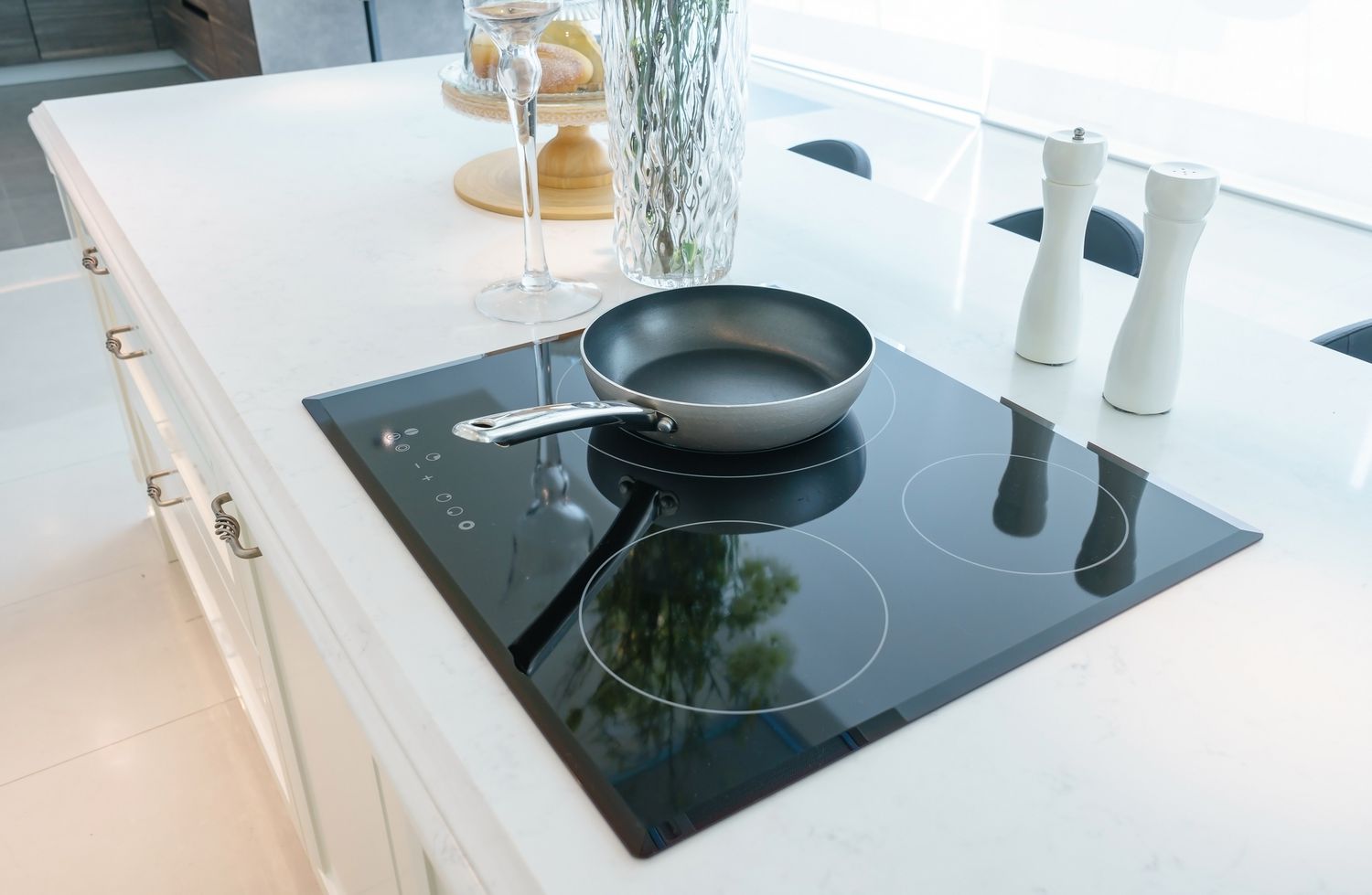

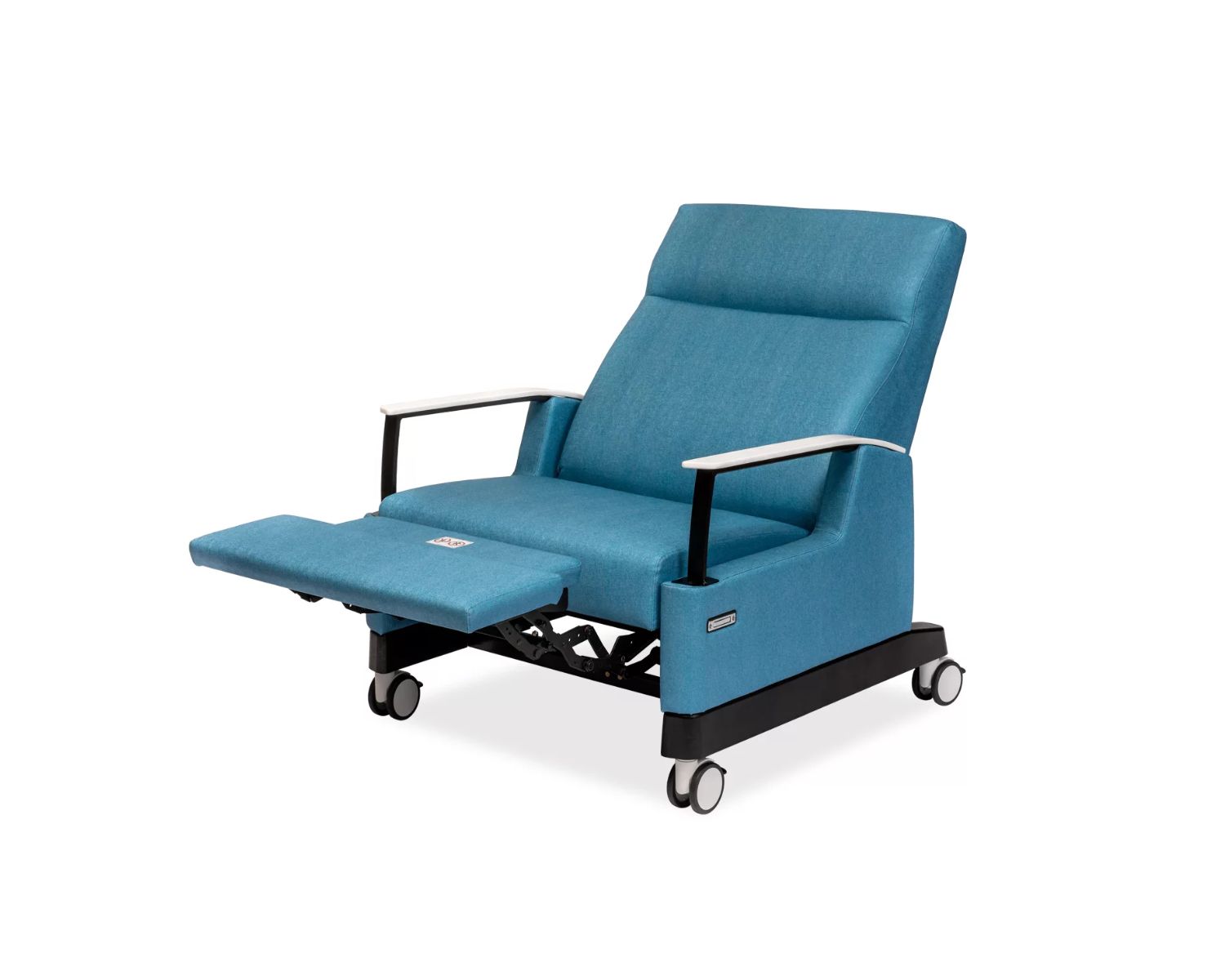
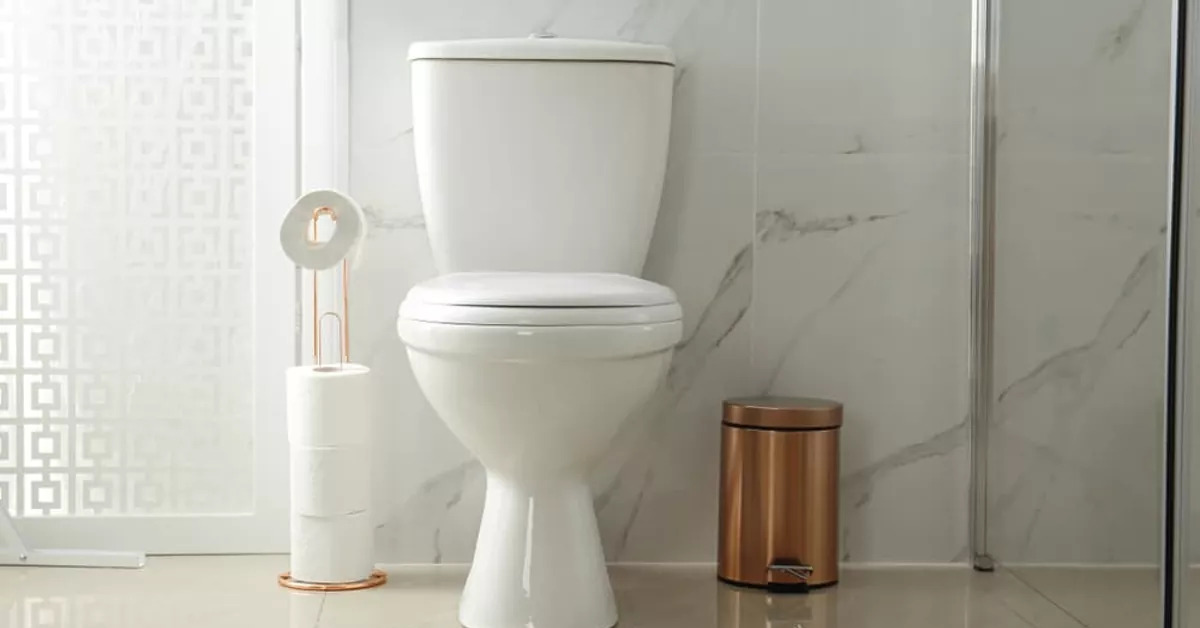

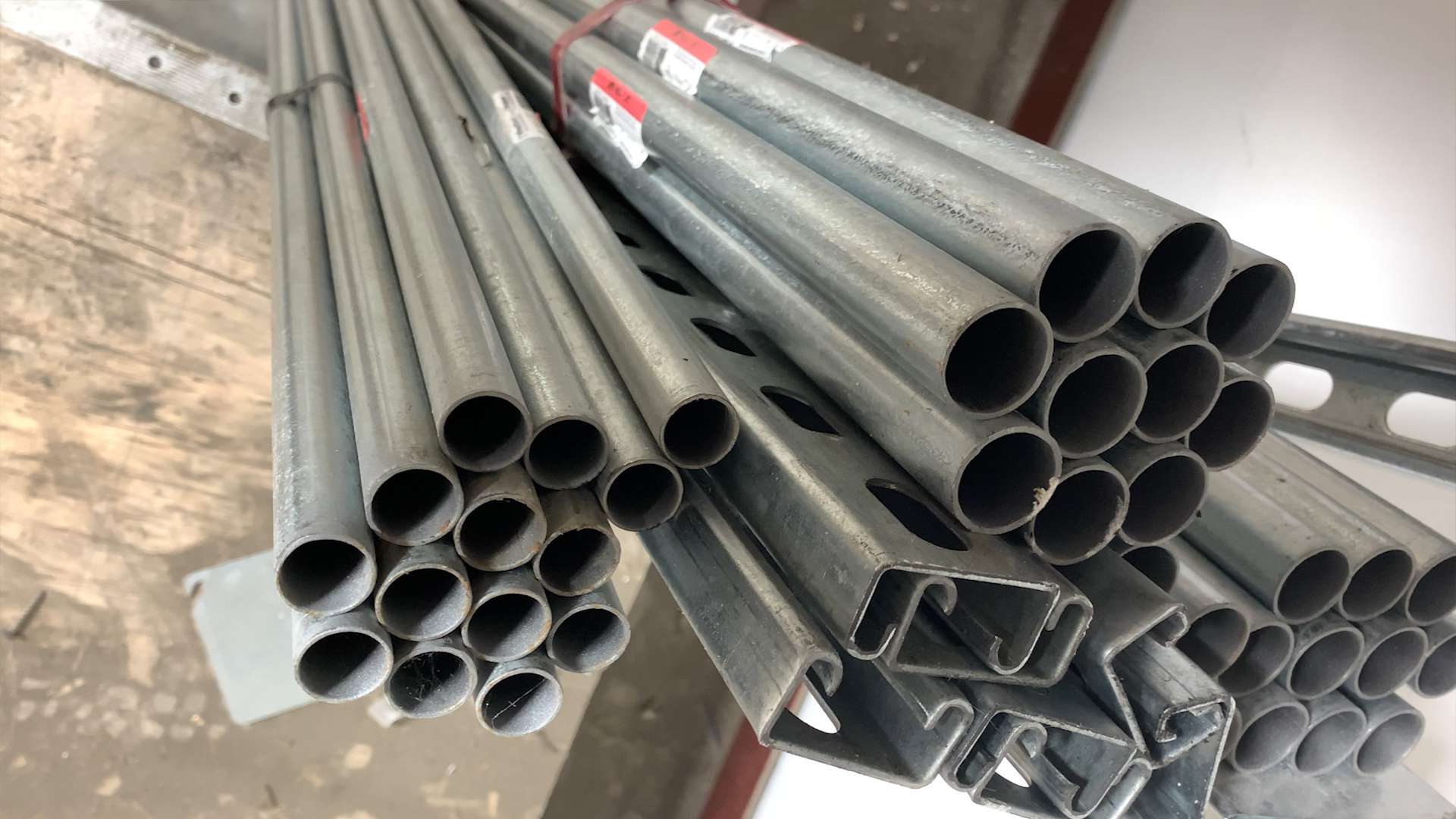

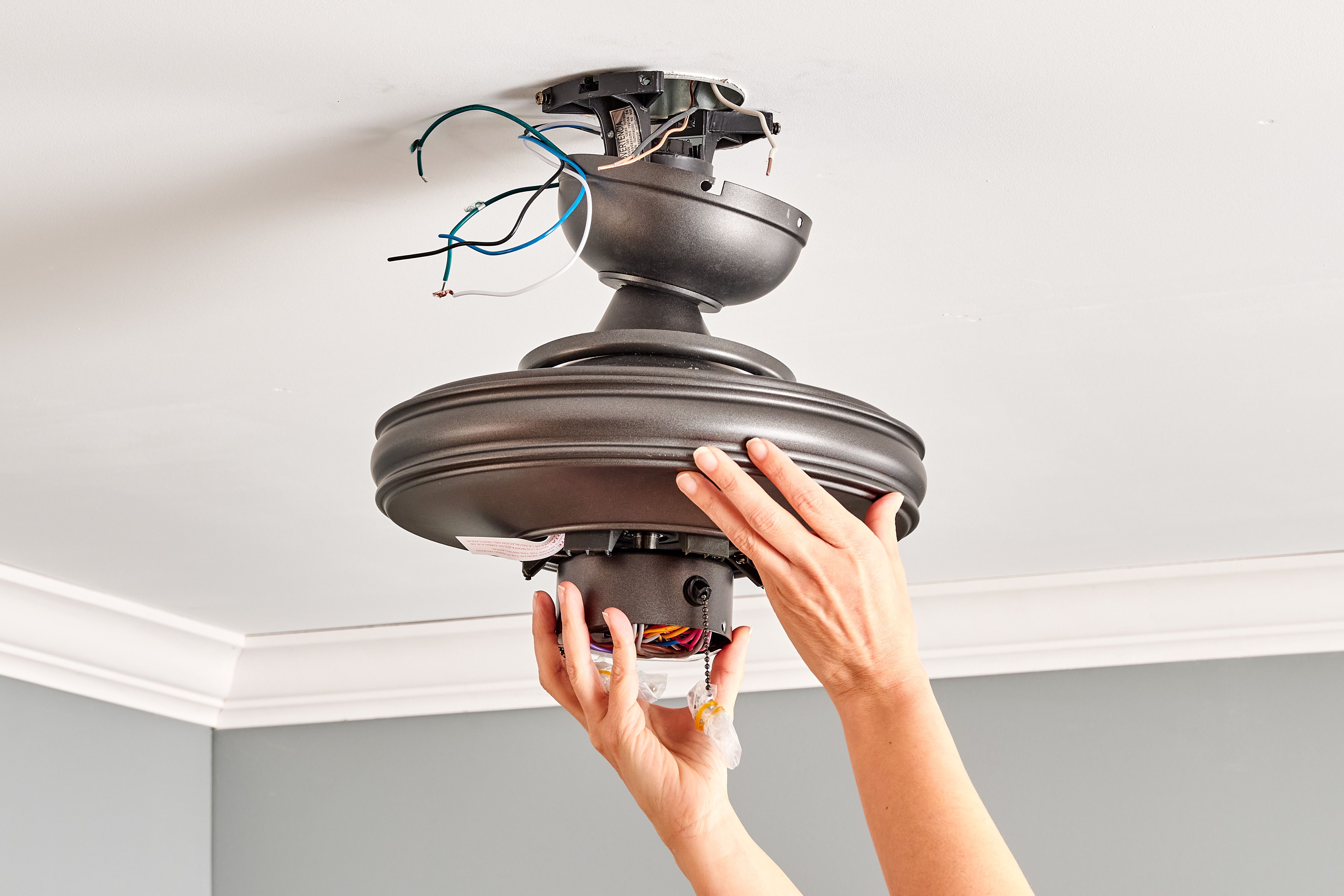

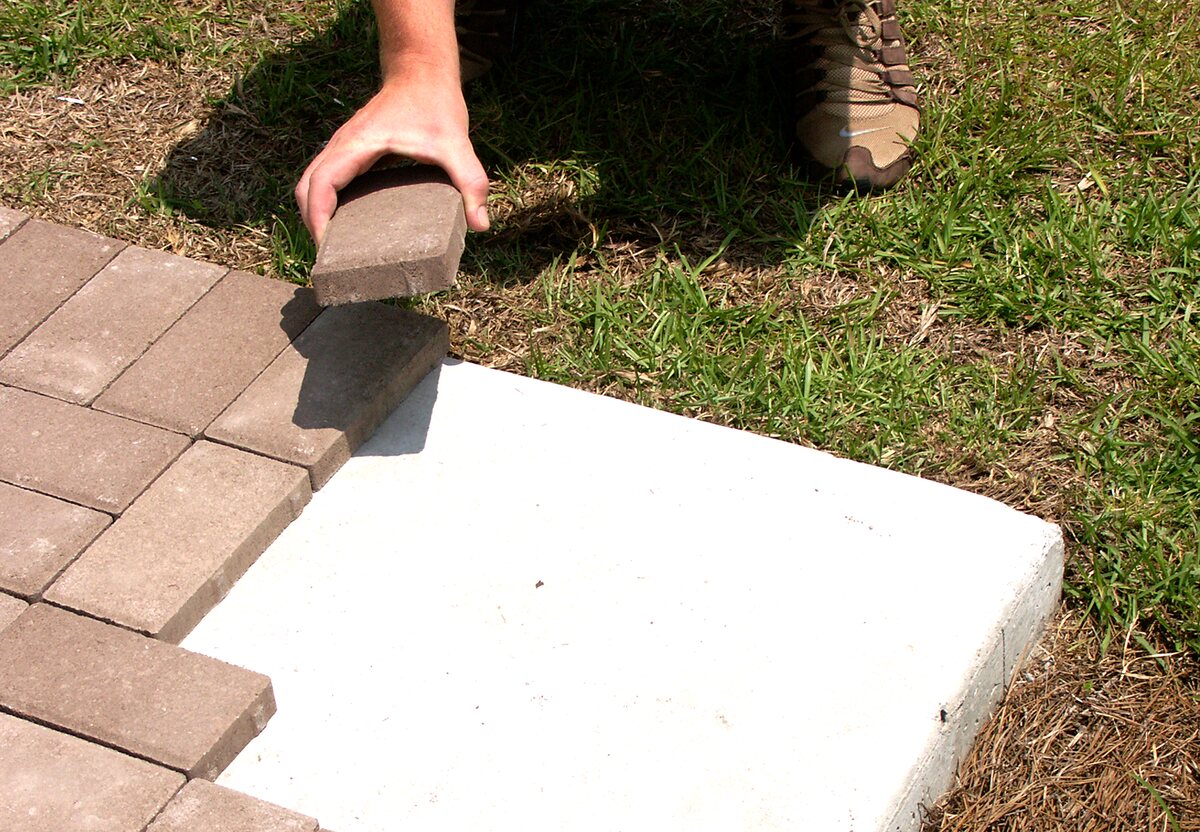
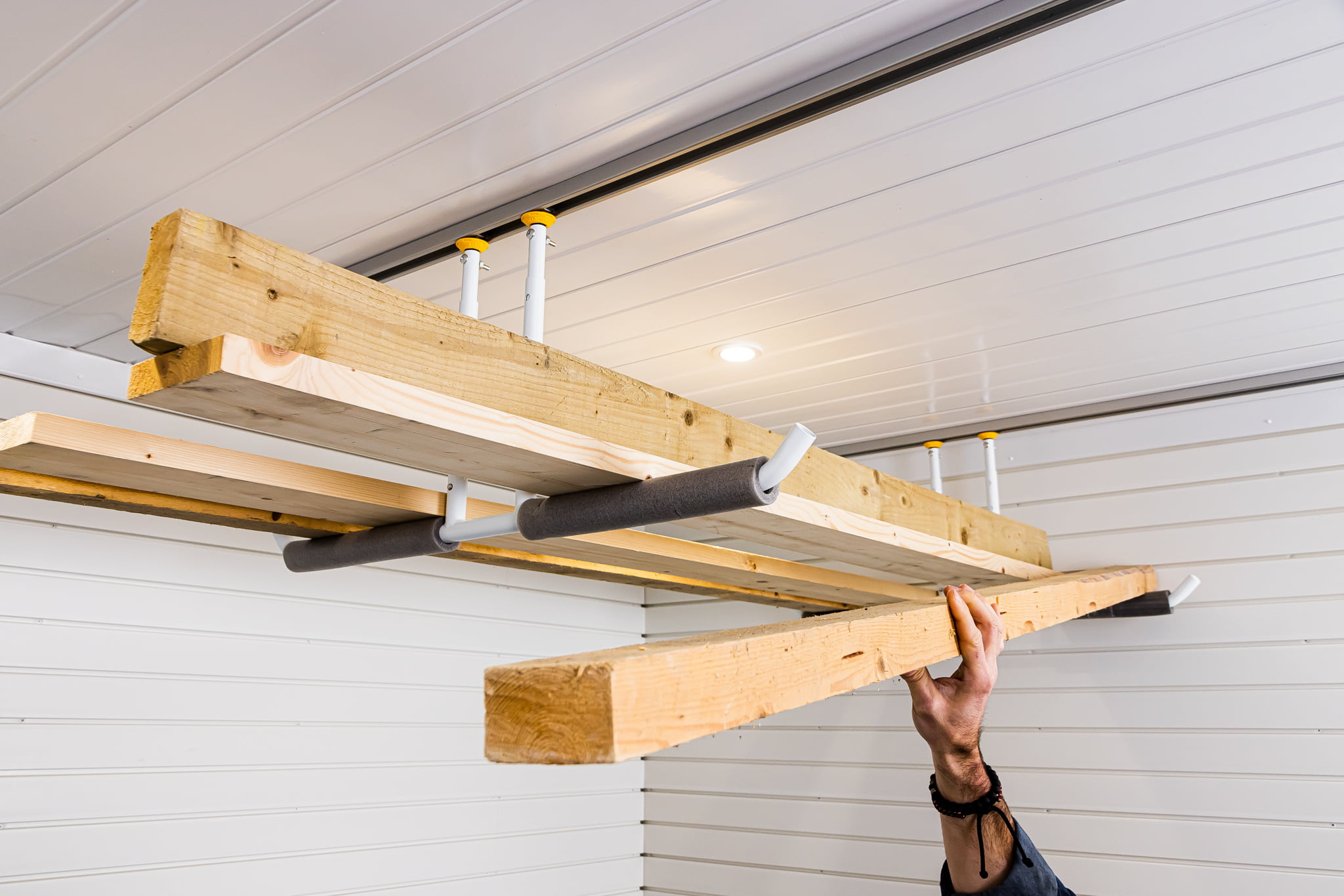


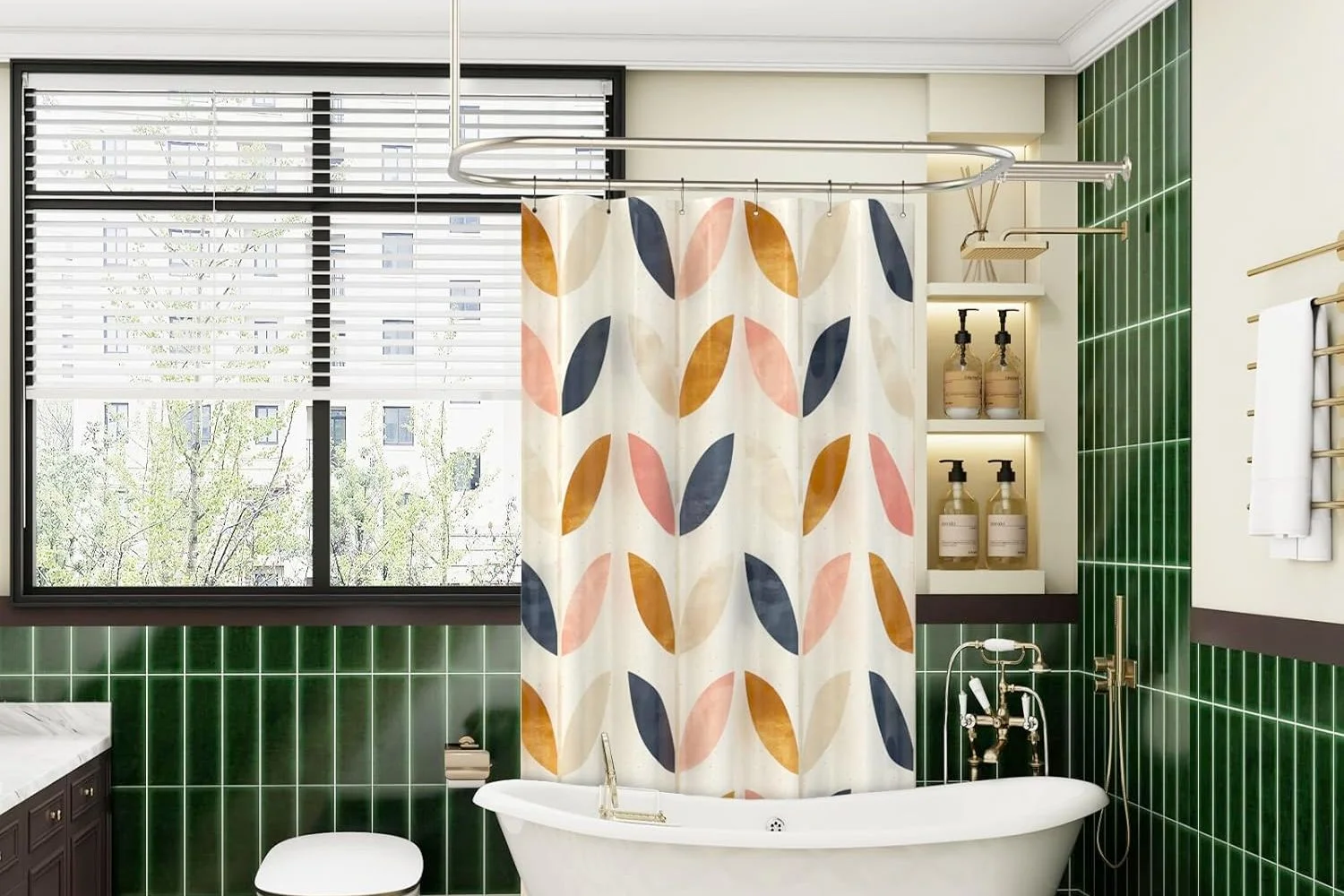


0 thoughts on “How Much Weight Can Glass Shelves Hold”